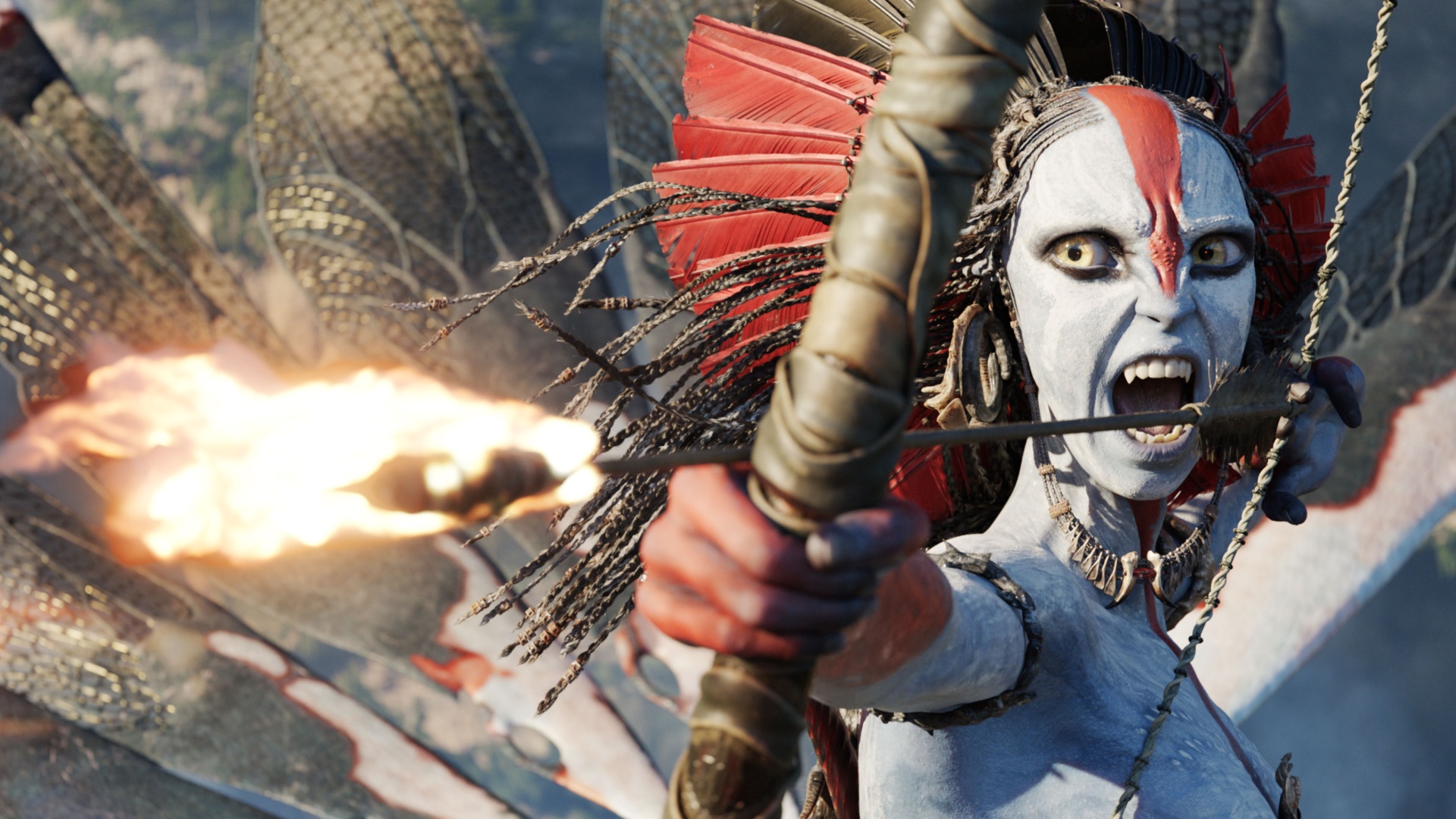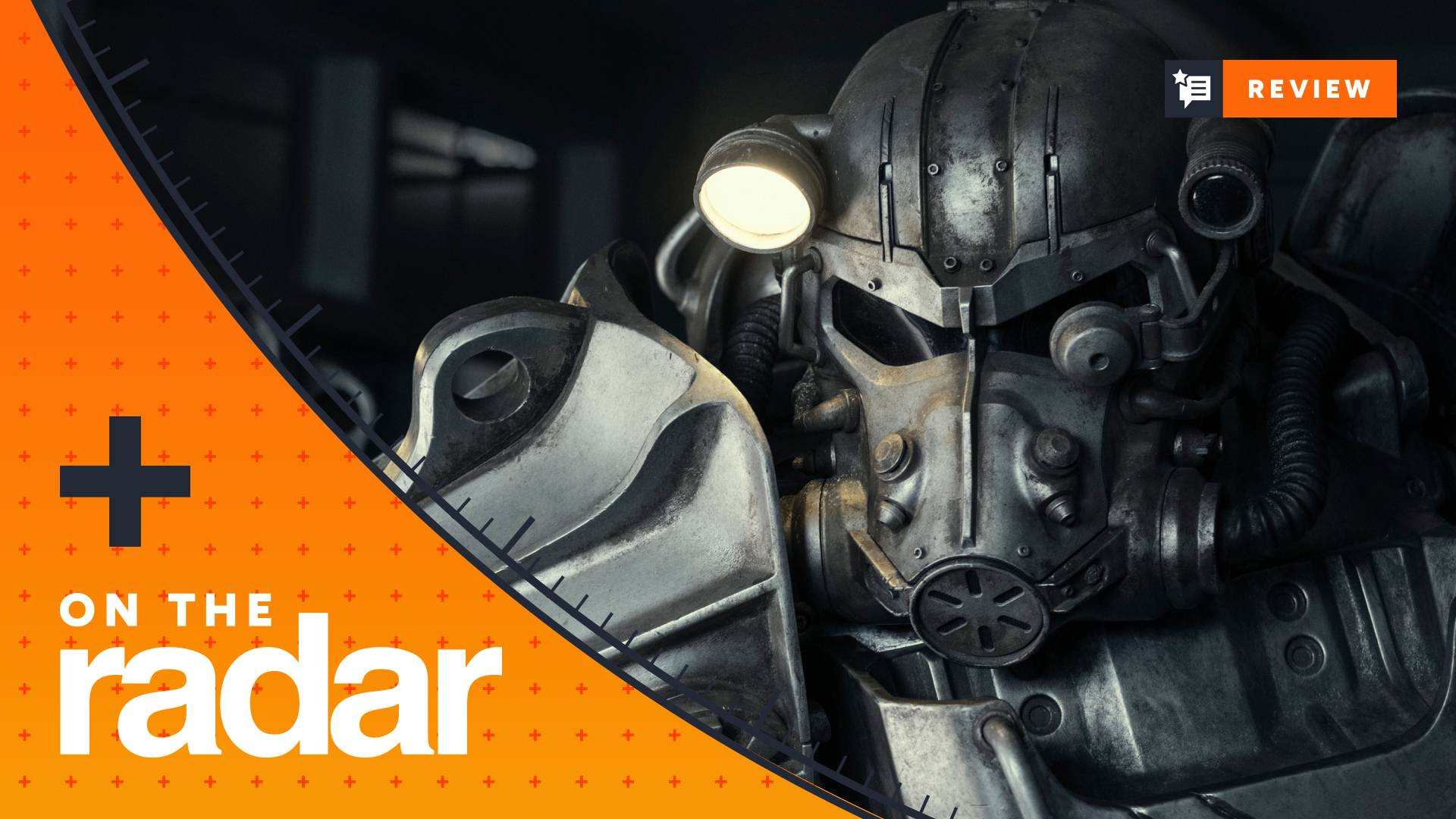Monster Hunter World beginner weapon guide: types, affinity, effects and more explained
What's the best Monster Hunter World weapon, and what do all the numbers mean?
If you’re hyped about Monster Hunter World but are only just jumping in, then a Monster Hunter World beginner weapon guide will help you master essential information about weapons, Monster Hunter world armor skills, and the Monster Hunter World monsters themselves. It’s not just as simple as hitting a monster with a sword, you need to know which sword to use and where to hit them. Don’t worry though, it might all seem overwhelming at first, but we’ve got everything you need right here.
- Monster Hunter World guide
- Monster Hunter World starter guide: everything you need to know to get started
- How to play online with your friends in Monster Hunter World
But don't worry. Below, you'll find a full breakdown of all the main weapon types, what they do, and how to get the best out of them. We'll also start with an overview of a few of the combat fundamentals that will govern how you fight and level up your power. Starting with one of the biggest questions new Monster Hunter players have:
What is weapon affinity in Monster Hunter World and how to improve it
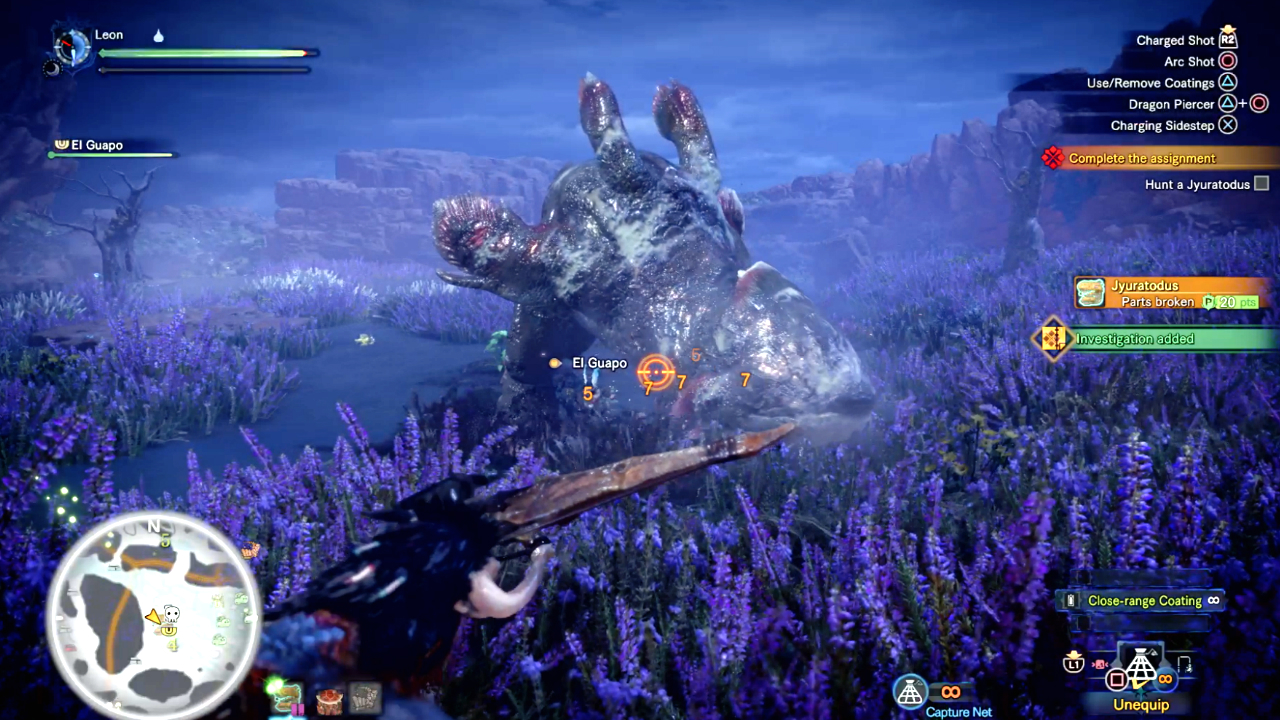
Weapon affinity is a more late game thing to worry about, but it gets mentioned a lot so it’s worth explaining. At a most basic level a weapon with more than 100% affinity has a better chance of doing more damage, while one with less than 100% will likely do less.
Effectively it’s how the game deals with critical attacks - higher affinities mean a better chance of higher damage. There are two main ways to improve it: via upgrading the weapon itself, or by upgrading armour with certain skills. Look for items making any mention of increasing attack power or affinity itself, mainly these:
- Agitator: Increases your attacks and affinity when large monsters are enraged.
- Attack Boost - Increases attack power and higher level affinity when multiples instances are stacked.
- Critical Draw - Increases affinity for draw attacks, which are the first blow landed as you get your weapon out.
- Critical Eye - Basic affinity increase.
- Maximum Might - Increases affinity when your stamina is full
- How to quickly understand Monster Hunter World (especially if you’re a Destiny player)
- 8 things I wish I knew before playing Monster Hunter World
What blunt, slicing and piercing effects mean in Monster Hunter World
All weapons have a blunt, slicing and piercing effect that can do different things in combat.
Choosing the right weapon or ammo type for a specific monster can increase the damage you can do, as well as the chance of removing extra parts you can use for crafting.
- Slicing - this basically cuts monsters up and increases the chance of removing tails and other parts. Good against fleshy, unarmoured creatures.
- Blunt - high impact damage. This is both good at stunning monsters and smashing off heavy armour plates.
- Piercing - this can penetrate creatures to inflict damage multiple times.
Monster Hunter World beginners weapon guide
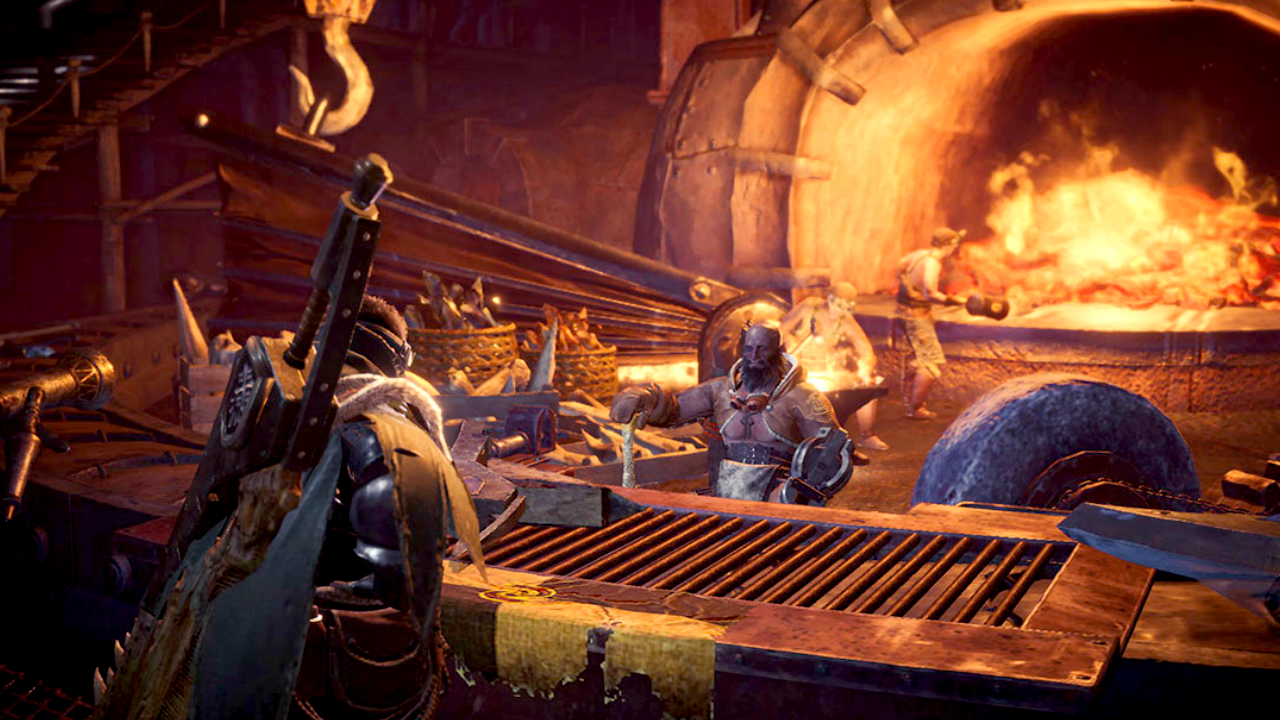
You actually start Monster Hunter World with one basic version of each weapon type to get you started. Once you’re through the opening sections, and free to roam the main base, you can also go to your room, speak to the housekeeper and access a training area where you can try everything out. That’s a good way to get a feel for how each weapon works, how fast they are and see all the combo options and buttons displayed.
Weekly digests, tales from the communities you love, and more
Each weapon suits a different play style, but the main things you want to think about when choosing one is the damage-to-speed ratio (as usual big damage, means slower attacks), range, and defensive options (some things have nothing but an ability to evade).
Great Sword
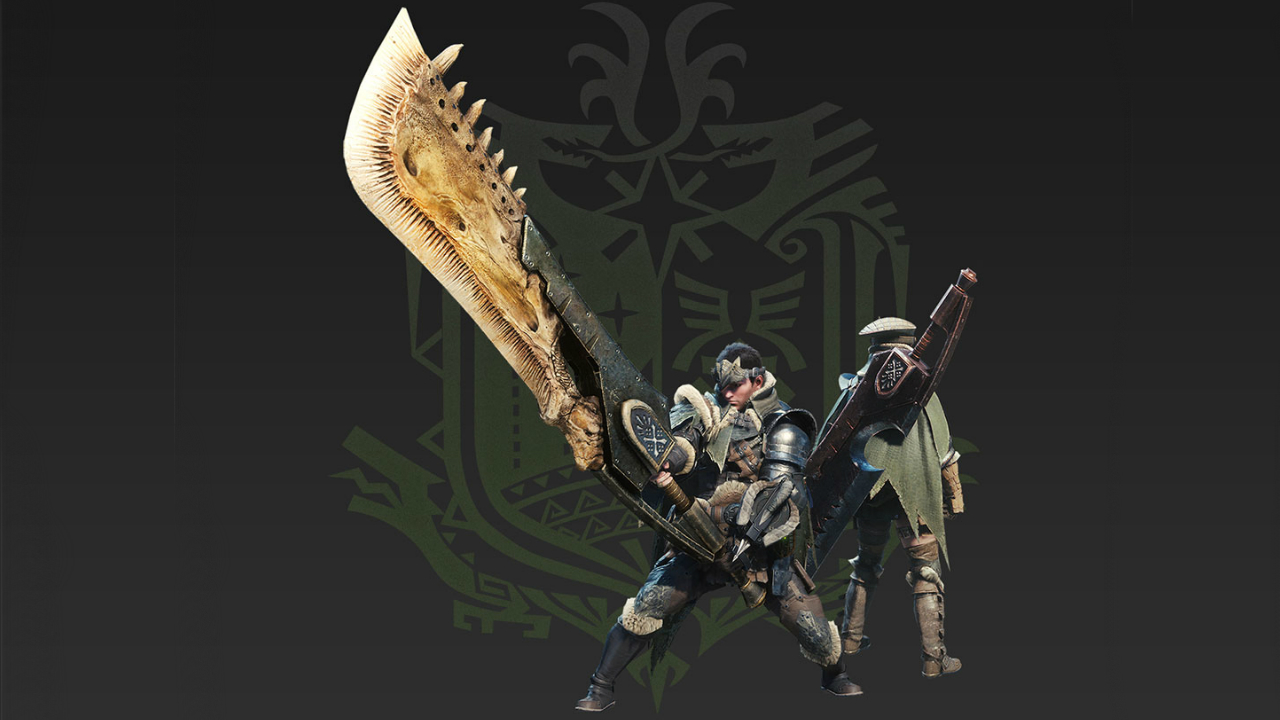
“A close range weapon with low mobility but powerful attacks. Accessible for beginners”
This is all about massively powerful, but slow attacks. You’ll really hurt anything you hit but it can be tricky to land blows, or string together successive combos because of the speed of movement - it’s easy to miss a target if it moves, and be left thumping the ground around it. You’ll also move slower while holding it and be left open after attacks as it takes some time to return to a ready position. It’s devastating if you can master its rhythm though, plus you can guard against attacks by using the board-like blade as a shield.
Long Sword
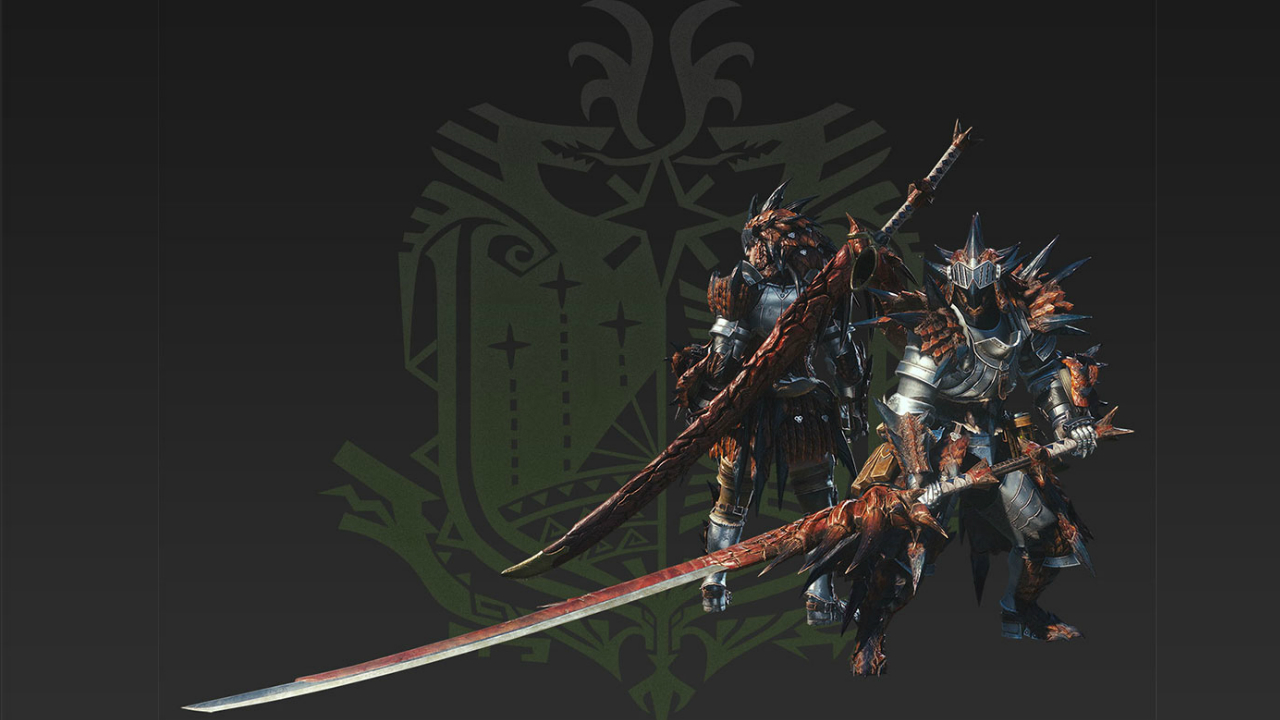
“A close range weapon that facilitates fluid combos and evasion”
This is, for Monster Hunter, a relatively fast weapon, although still a slow, heavy blade by most other games’ standards. It’s main benefits are range from the lengthy blade, four stage combos and dodging moves that let you cause damage and get out of the way immediately after. The fade slash (Circle and Triangle together) is a quick slash followed by a backwards dash. While the Foresight Slash (activated as a follow up after an initial attack with R2+Circle) is a back dash followed by a forward lunging slash. It’s faster to move around with and has a faster, more immediate evade than heavier weapons.
Sword and Shield
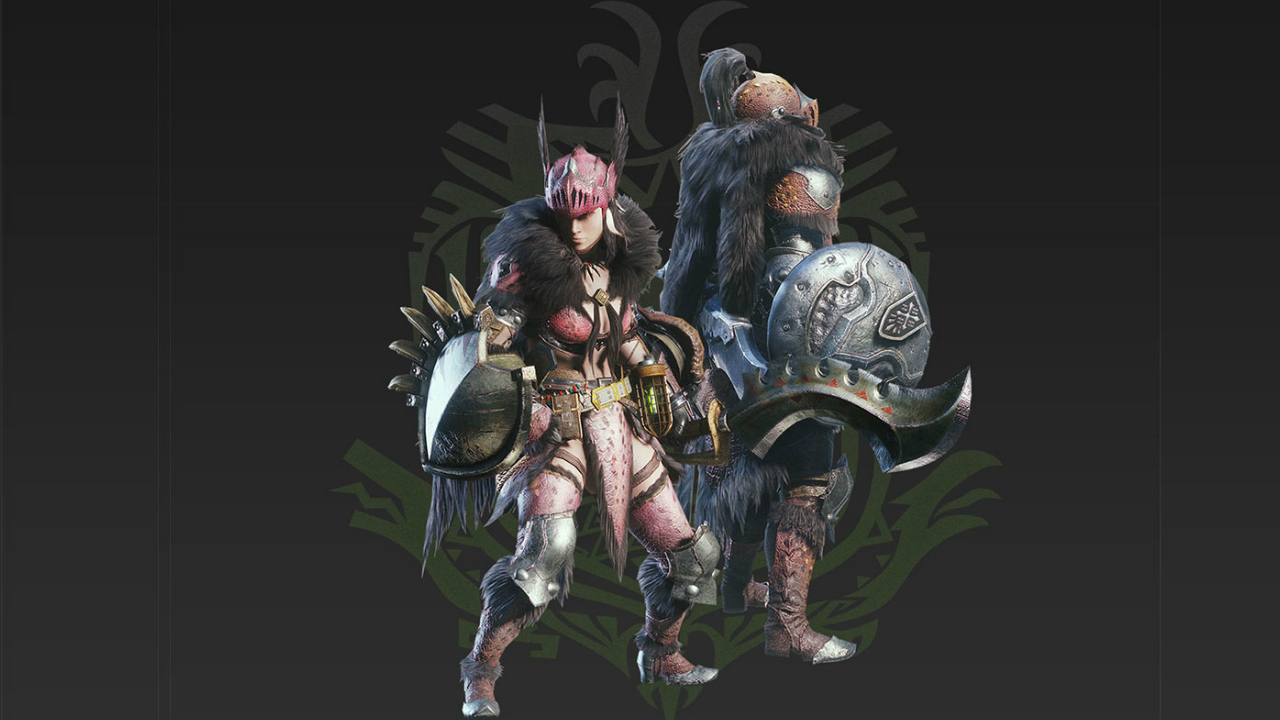
“A close range weapon set that lets you manoeuvre quickly and guard against attacks”
This is a fast, slicing weapon set, with both plenty of combos if you like to button mash, and some depth to them if you want a little more skill. There are several basic four stage combos accessible via single buttons, but also branching, more skilled combos from using various combinations. These access evasive attacks, dodges and shield bashes. This is the one weapon where it’s really worth spending some time in the Training Area to see what it can do as it has one of the largest movesets, including some really useful stuff that can only be triggered at the end of a combo. The obvious downside is it has all the range of a reasonably large kitchen knife.
Dual Blades

“Close range offensive weapons that are used to deal a rapid flurry of blows”
These are a short range set of knives based on landing lots of rapid blows quickly. It’s one of the closest range weapons, and offers no ability to block, so be warned. Instead it’s all about using fast slashing attacks to land as much damage as as fast as you can, and then get out the way. Key to maximising this are the Demon and Archangel Modes and Gauges - using attacks to fill and activate these lets you land even more damage with even faster, more attack filled combos.
Hammer
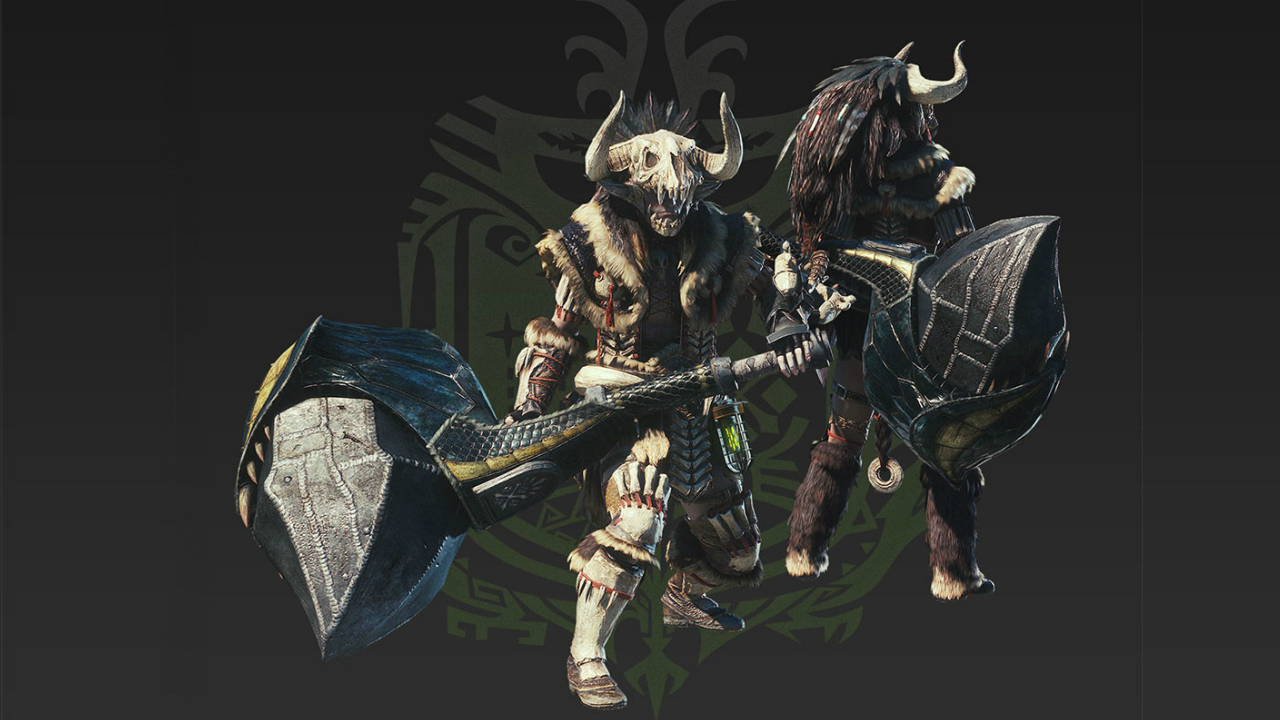
“A heavy weapon used to strike monsters at point-blank range and stun them”
This is another slooow weapon that affects your ability to move, attack and dodge. But if you’re okay with that then it can land large amounts of damage and stun monsters if you hit them on the head. That’s especially the case if you can make room to charge the attacks to one of the two available tiers, massively boosting its effects. Handily it’s also a weapon you can move with while charging. Because it’s a blunt weapon in Monster Hunter World it’s great at smashing armour away but its range means you’ll have to be right up in a creature’s grill to take advantage of that. You also need to be careful you don’t send other players flying.
Hunting Horn
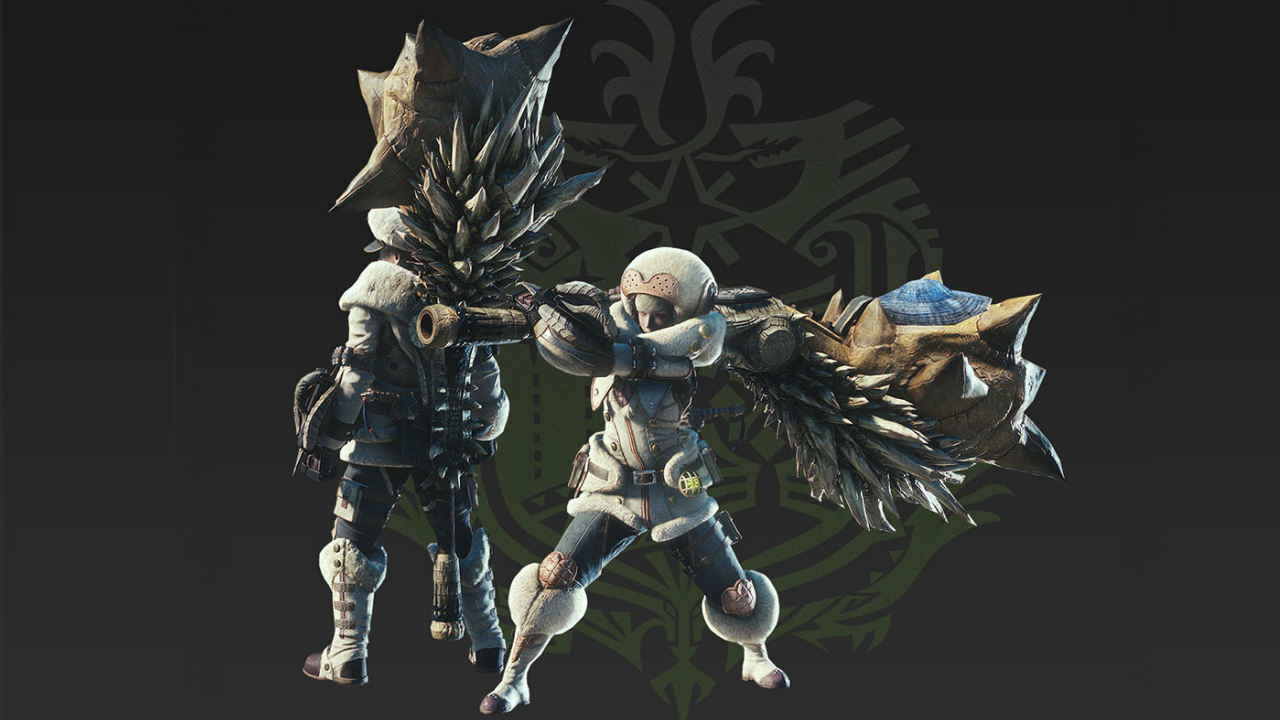
“A special support weapon hunters use to gain or provide special buffs”
This is not an easy weapon to master. It’s basically a support weapon that functions like a hammer but plays a musical note with each attack - string them together in certain orders and you can convey buffs to you and your team. “Played” correctly it will do things like increase attack damage, add elemental effects or negate the stunning effects of a monster’s roar. But considering you’ll have to memorise numerous song combos, and perform them in combat, and try and hit the monster if you want to do any damage, this is probably not one to either use solo, or start off with.
Lance
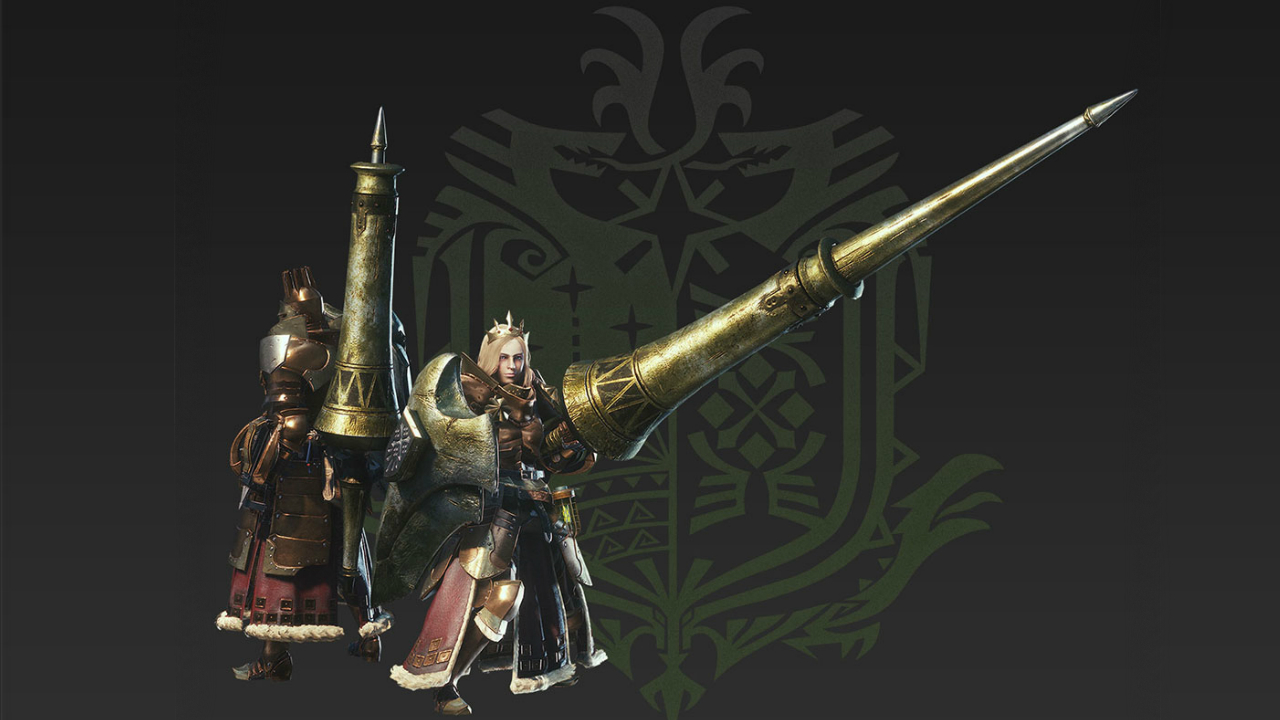
“A defence oriented weapon use to approach targets with charges and fancy footwork”
The lance is a tricky weapon to use well as it’s more about defense than attack, using a shield to soak up damage or defensively approach monsters, while waiting for an opening. For, example its Guard Dash (R2, forwards and Triangle) is a quick dart forwards behind a raised shield, while its Counter Thrust (R2+Circle) is a parry followed immediately by an attack. It’s a great tanking weapon option, with high damage and defense, but requires a good ability to a read monster’s moves and time a response accordingly.
Gunlance
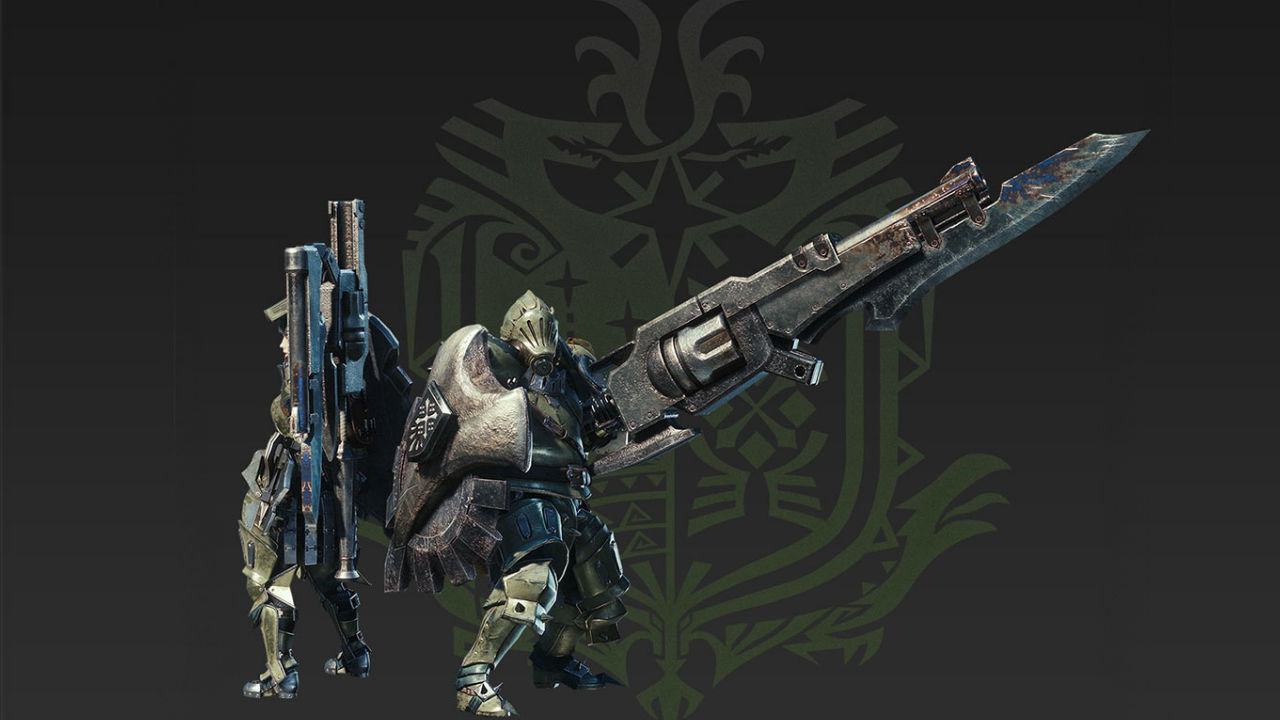
“A defense orientated weapon with a variety of shell attacks”
Think ‘big hitty weapon with a gun on the end.’ Like a basic lance this is defensive - using a shield for protection - but adds in the ability to end combos with a shell attack. There are three main options here: normal ammo gives you the most shots, long ammo gives you range, while wide ammo is basically a shotgun. It also has the very powerful Wyvern’s Fire (R2+Triangle+Circle) that can deal huge amounts of damage if you can time its slow charge. A hugely powerful weapon if used correctly.
Switch Axe
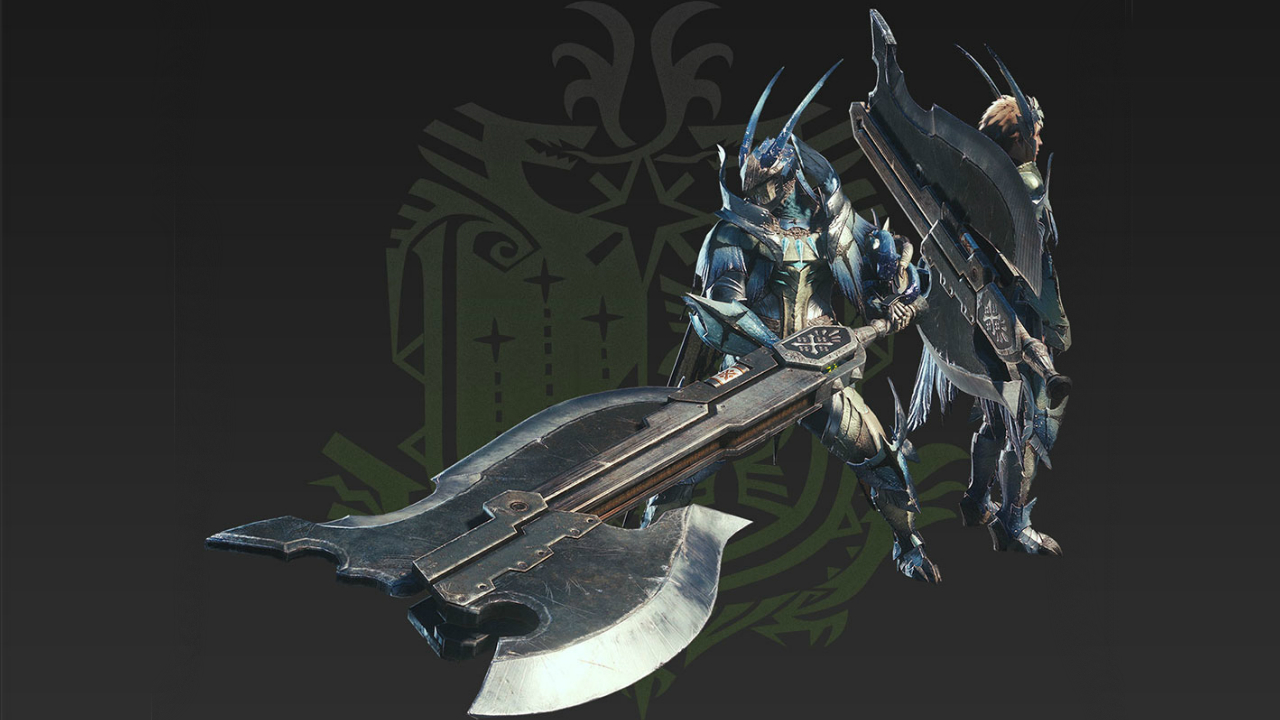
“A weapon that transforms between a long-reaching axe and a powerful sword”
This is a versatile weapon if you have the discipline to manage its key ability to change between a sword and an axe. Doing this lets you manage a couple of meters that, when filled correctly, access more powerful attacks and elemental damage. The basic pattern is this: in the top left you’ll see an image of the weapon with an internal bar which will decrease with sword attacks, and charge over time when in axe mode. When this is full, use sword mode to charge another, outer meter, around the sword icon. When that’s full, the blade will light up and you’ll deal increased damage and be able to unleash a variety of elemental attacks.
Charge Blade
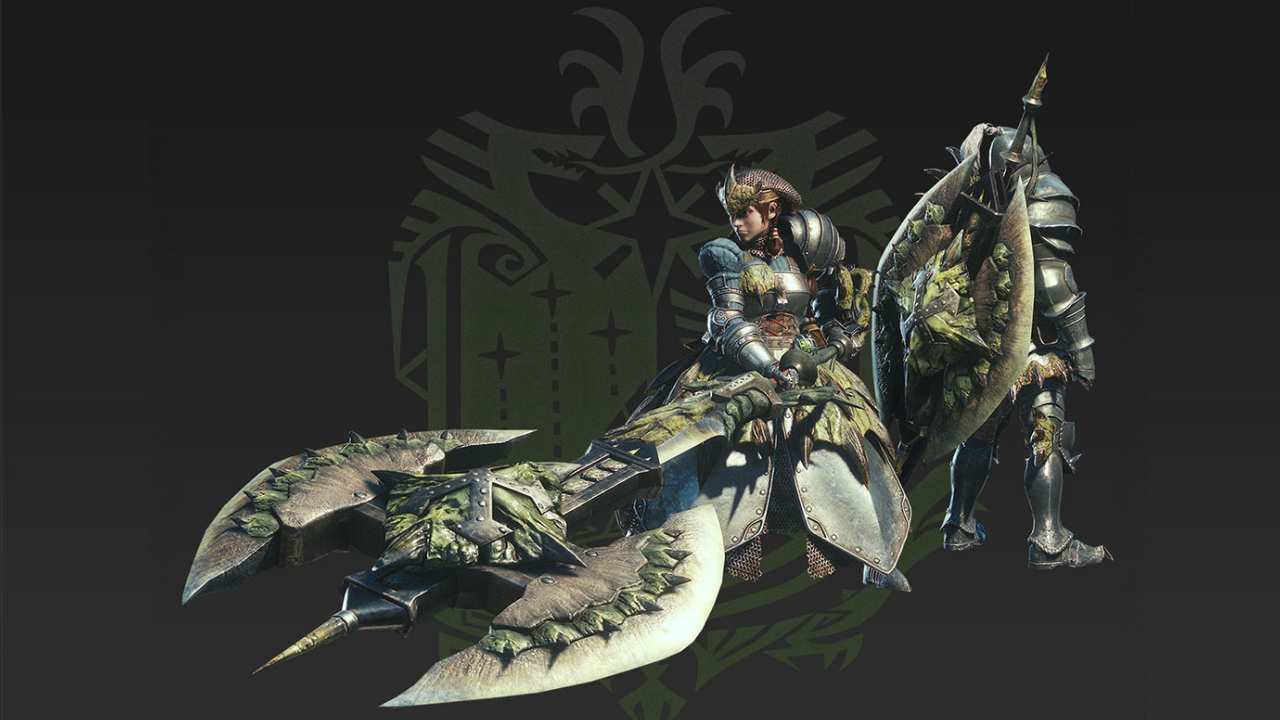
“A weapon that stores energy in its sword form and release it in its axe form”
This is a little like a flipped version of the Switch Axe. It stores energy in its sword form and releases it when using the axe in the form of increased damage and elemental effects. The big difference here is that the sword is a smaller, faster blade and shield combo that combines into a huge, slow axe. It’s also got a fairly fiddly combo system, so takes a little mastering but can lay out huge attacks when used well, while providing good defense options.
Insect Glaive
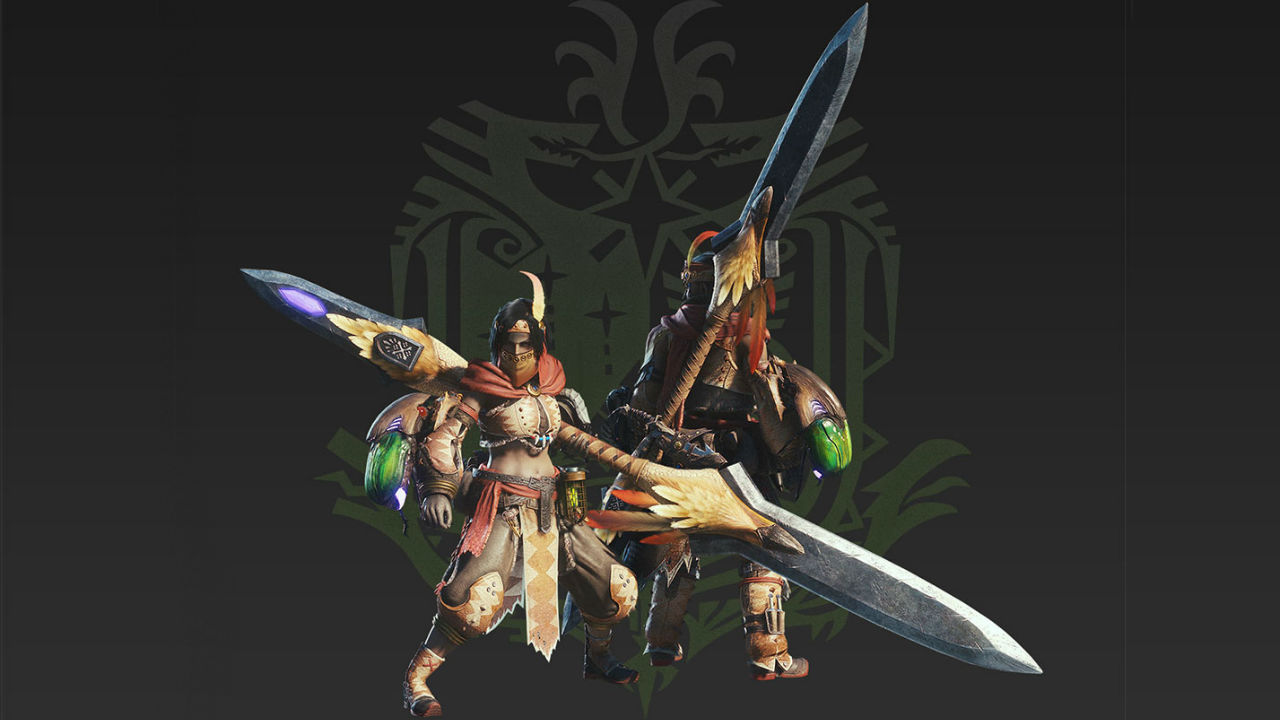
“A lightweight weapon that lets you vault into the air and control Kinsects”
Essentially a staff weapon, this combines high mobility attacks and Kinsects which can ‘extract’ buffs from different monster parts. As a defensive weapon this is all about slashes and using the glaive as pole to vault into the air, both to cover ground quickly or gain height. The Kinsects are beetle-like things you can send out by targeting different monster areas to gain buffs for attack, movement, healing and resistance to a creature’s roar.
Light Bowgun
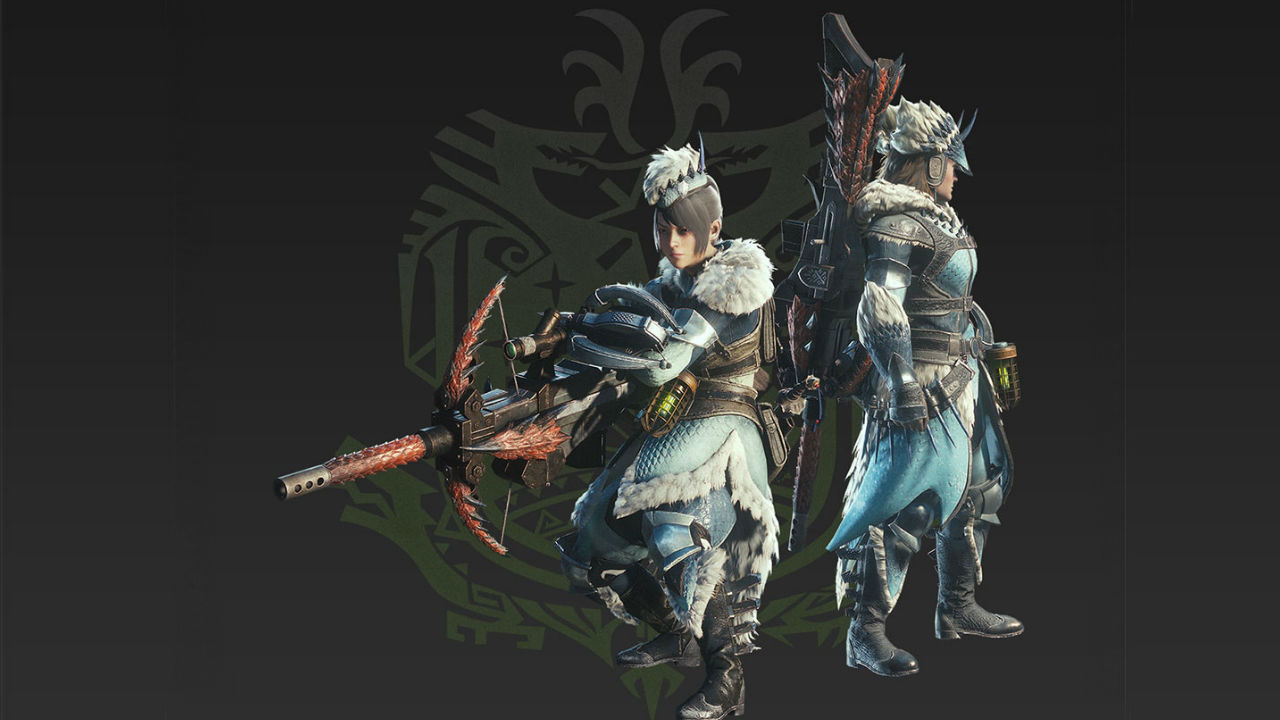
“A ranged weapon that frees up movement and lets you fire a variety of ammo”
This is basically the gun of Monster Hunter World, letting you fight from a distance and stay out of trouble. It’s massively versatile, using 20 basic ammo types like poison, slicing, explosive and so on. Plus it has a range of secondary fire options like mines. The key difference between this and the Heavy Bowgun is that it’s faster to move with and reload, and carries more ammo, fires faster and recoils less.
Heavy Bowgun
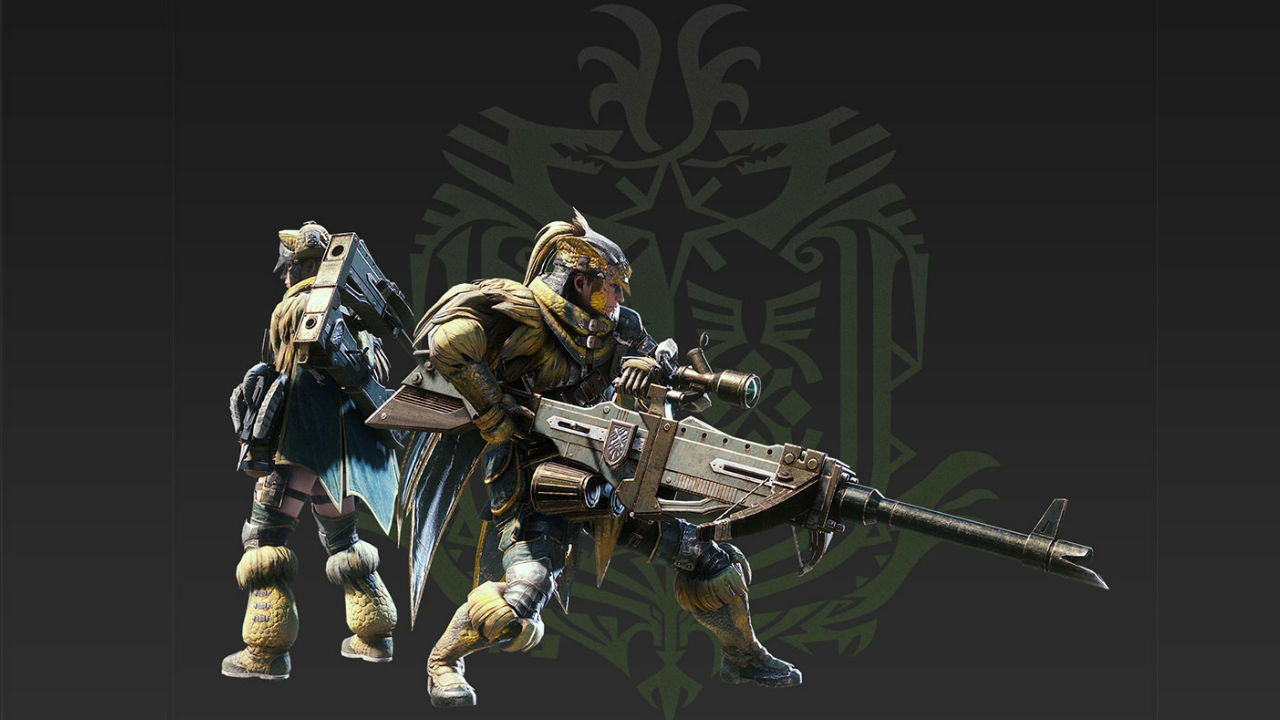
“A ranged weapon that sacrifices mobility in exchange for powerful attacks”
Like the Light Bowgun, this uses a range of primary and secondary ammo types to fight at range and inflict effects like poison, piercing and explosive. It’s obviously slower to move with than the lighter version, fires more slowly and recoils all over the place. It packs a hell of a wallop though, so if you can land the shots it can really hurt.
Bow
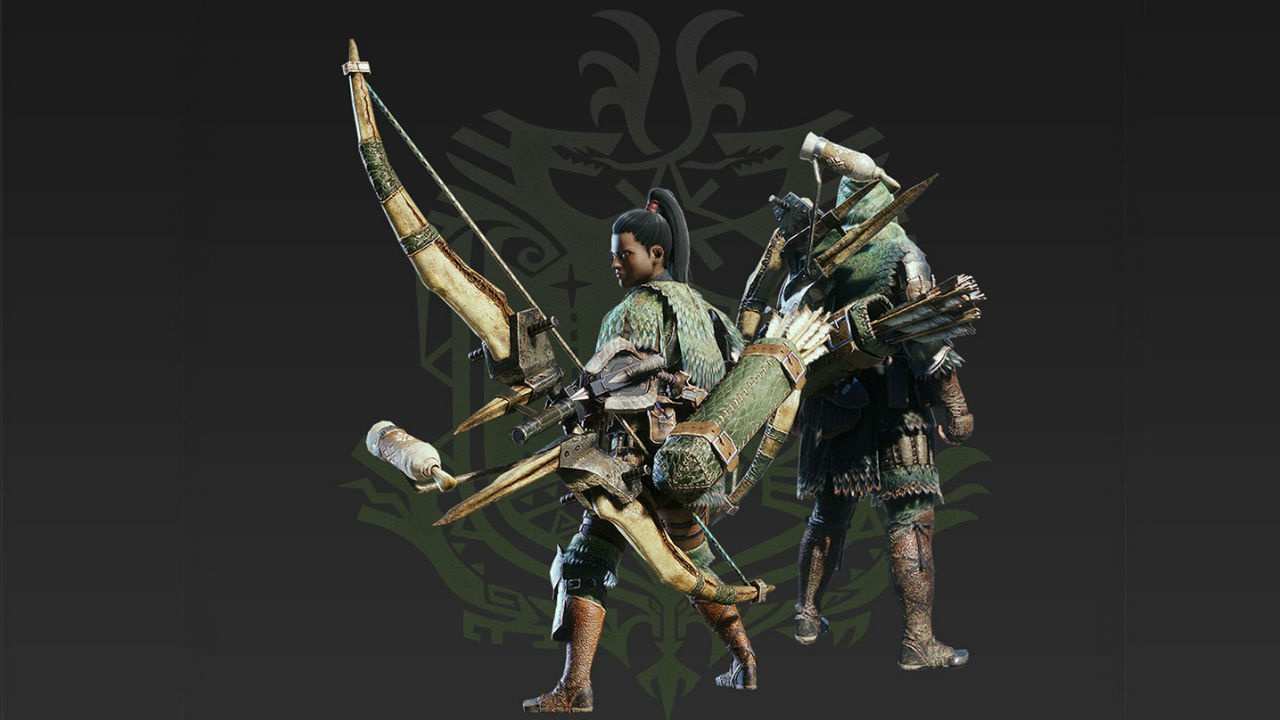
“A weapon that lets you charge up power and attack from medium range”
The bow is another ranged option but one that lets you charge your shots for additional damage and with a lot of piercing damage. It’s more a medium range option, so you can’t hang as far back as either of the bow guns. However, it also has a close fire option for getting a bit nearer, a slow charging but high damage Dragon Shot, and uses a range of coatings to inflict status effects like poison and paralyse. A big difference here though is that certain coatings are specific to different bows, meaning you have to choose carefully depending on what you’re targeting.

I'm GamesRadar's Managing Editor for guides. I also write reviews, previews and features, largely about horror, action adventure, FPS and open world games. I previously worked on Kotaku, and the Official PlayStation Magazine and website.

